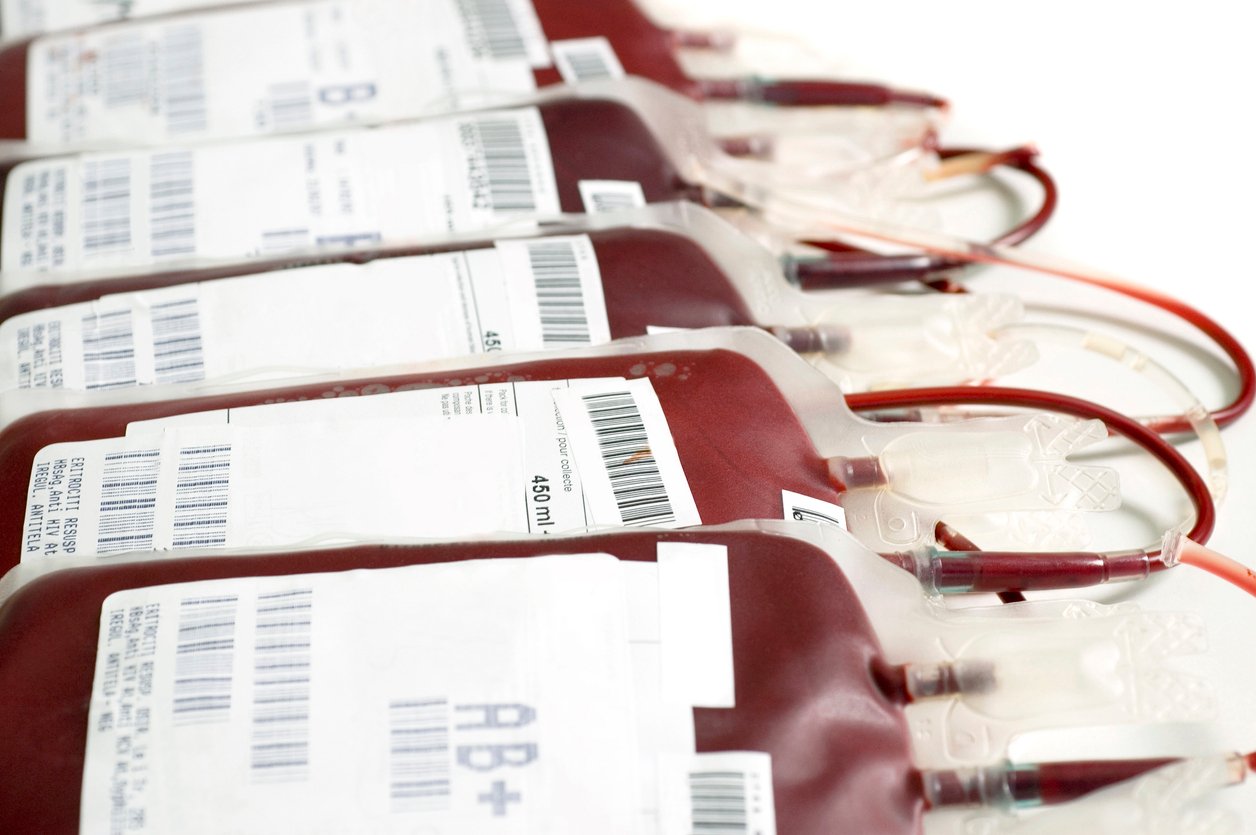Pearls on Massive Transfusion with Dr. Sara Crager
Host
Ranjita Raghavan, MD
The Mount Sinai Hospital Emergency Medicine Residency, PGY-4
Overview
Hemorrhagic shock can be tricky to manage – yet there’s no shortage of (sometimes conflicting) guidelines regarding massive transfusion. When do you make the call to activate massive transfusion protocol? How early is too early? What happens if you wait too long? Sara Crager, MD, simplifies this crucial decision-making process with EMRA*Cast host Ranjita Raghavan, MD.
Key Points
- Do not rely on your different scoring tools to decide who is sick enough to warrant massive transfusion vs. not - train and use your clinical gestalt. If you are in a place where you have access to blood and can easily return it, then err on the side of activating if it seems like you may need it since you can always send the blood back.
- Other steps you can take to ensure you are helping your sick bleeding patient is to make sure the patient stays warm - delegate this task to one of the usually many people who may be in the room to watch the action.
- Try not to give too much crystalloid if you have access to blood;;’ giving too much crystalloids is not helping your patient who needs blood and especially if it is cold.
- If really in a pinch and you will not get blood for a very long time, you can give a push of bicarbonate since it is a volume expander, but realize this is not fixing anything.
- Be careful and thoughtful with pressors. Do not make the blood pressure pretty in exchange for making the patient better - look at your patient. However, we do things to our patients that dramatically effect the vital signs so it can be reasonable to use pressors as an adjunct perhaps when you are about to intubate or other such procedures, but use something like vasopressin that has one mode - on or off or give a standard low dose levophed that you are controlling.
- When you need to intubate the patient, think about why you are intubating, and express aloud what you are about to do and your back up plan because this calms the room down and allows you to take control of the situation and has your team in the know. Do not intubate because the GCS is 7 alone; take into account the clinical picture; sometimes it is better to give blood and optimize and stabilize the patient for intubating if they are protecting their airway.
- There is such a thing as giving too much blood - you do not want to put your patient into TRALI, TACO, or abdominal compartment syndrome. You can avoid this by making sure you have reliable blood pressure monitoring: Dr. Crager recommends placing an arterial line instead of relying on the cuff in these sick patients. Also think about whether the patient already bled and we just need to catch up, vs the patient is still actively bleeding and we need to continually give more blood.
- In terms of labs, make sure to have a lactate and base excess so you can trend these numbers. TEG is very useful especially for the ICU for helping with management of blood products to give, but if you are not very familiar with it, then its not worth it.
- In terms of how to physically give the blood: Dr. Crager recommends using a rapid transfuser and putting one pRBC and one FFP in each well and putting platelets through the second peripheral line since platelets cannot go through the transfuser. Then assign someone to keep count on how many RBCs we have in so that every 3 we give calcium. The calcium in massive transfusion is even more important in liver patients since the citrate from the pRBCs is cleared by the liver, so make sure to give calcium every three pRBCs in these patients.
- For lines, if you can get mulitple 14-gauge peripheral IVs, that will actually be just as good as putting in a cordis. You want short and stout lines for fastest delivery so do not underestimate peripheral lines. If you have Mac catheter this is even better than a cordis but a lot of places do not have them. And for your peripheral lines, do not place the luer locks at the end because this significantly slows transfusion.
- Also, if you do get only a 20-gauge IV in, you could always size up by using a ric kit or using Seldinger technique with an a-line kit.
- Lastly, the soft skills of communication and teamwork are very important in sick traumas. Talk out loud summarizing what you are doing and what the plan is and when surgery is also downstairs, identify your main point of contact and make sure the ED team and surgery team is on the same page for the plan for the patient.
Further Reading Recommended by Dr. Crager
- Uchida K, Nishimura T, Hagawa N, et al. The Impact of early administration of vasopressor agents for resuscitation of severe hemorrhagic shock following blunt trauma. BMC Emerg Med. 2020.
- Sims CA, Holena D, Kim P, et al. Effect of Low-Dose Supplementation of Vasopressin on Need for Blood Product Transfusions in Patients with Trauma and Hemorrhagic Shock. JAMA Surg. 2019;154(11):994–1003.





